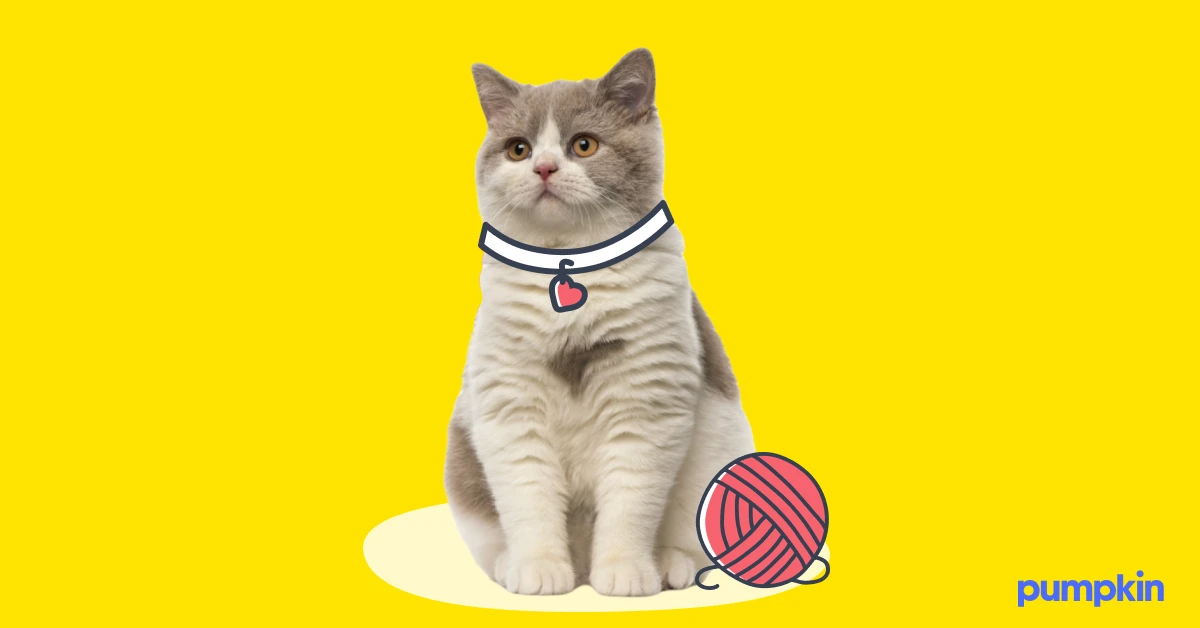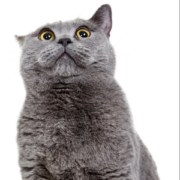Key points
- There are two types of cat insurance coverage: accident-only coverage, or accident and illness coverage.
- Most pet insurance plans won’t be able to cover pre-existing conditions.
- Choosing a pet insurance plan and adding an optional wellness package can provide coverage for accidents & illnesses as well as coverage for select wellness care services.
- The cost of cat insurance is unique for each cat. The best way to find out what you can expect to pay is to get a free quote online.
Like most loving pet parents, your pet’s health is your tip-top priority. Pet insurance is one of the best ways to help meet your cat’s medical needs AND help to be financially prepared when unexpected accidents and illnesses happen.
So, how does pet insurance work? It’s an insurance policy that gives you cash back for your pet’s eligible vet bills when they get hurt or sick unexpectedly.
Depending on the provider and the type of pet insurance you choose, cat insurance can give you coverage for a wide range of illnesses, accidents, and even routine wellness care. But what exactly is included in the different types of insurance policies?
This article covers various types of cat insurance plans available and what is generally included in each to help you make the best choice for your pet and wallet. Read on to learn more!
What is cat insurance?
Cat insurance is pet insurance specifically for cats. Depending on the type of cat insurance you get, it can cover accidents, illnesses, and possibly routine vet checkups if you add on a separate wellness plan.
Not only does pet insurance help you avoid big financial costs if something were to happen to your kitty, but it also gives you peace of mind that you can help them whenever they need it.
In the past decade, the pet insurance market in the U.S. has skyrocketed in popularity. Currently, over 5 million pets are insured. This is expected to grow steadily each year as more pet parents learn just how valuable pet insurance is for protecting their dogs and cats from unexpected accidents and illnesses.
Types of pet insurance coverage
There are two types of plans you can choose for your cat: accident-only coverage or accident and illness coverage.
The benefits you’ll get from your chosen pet insurance plan will differ based on the type of plan it is and the pet insurance provider. For example, while one provider may include treatment for hip dysplasia, others may not.
Here’s a breakdown of the different types of coverage plans and what they generally cover.
Accident-only plan coverage
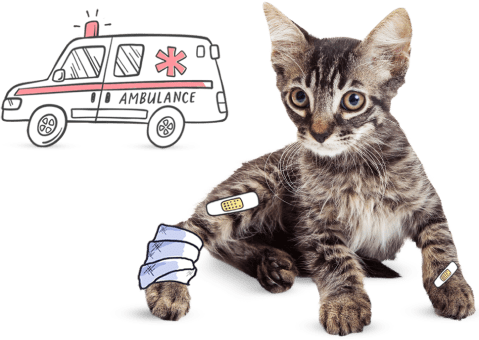
This is a more basic type of coverage plan. Accident-only plans solely cover treatment for injuries and accidents caused by a mishap — whether self-inflicted by your cat or from another cause. These plans don’t cover treatment for illnesses. Some examples of accidents that may be covered include:
- Broken bones
- Swallowed foreign objects
- Muscle and ligament injuries
- Cuts, wounds, and lacerations
- Accidental poisoning
- Vehicle accidents
One advantage of an accident-only plan is that the monthly premium tends to be lower, but remember that you are sacrificing some coverage. If you choose this coverage option, it’ll ONLY cover accidents. You’ll need to pay out-of-pocket for all medical bills from illnesses and associated treatments. Always review your policy closely to ensure these types of accidents would be covered.
Accident and illness plan coverage
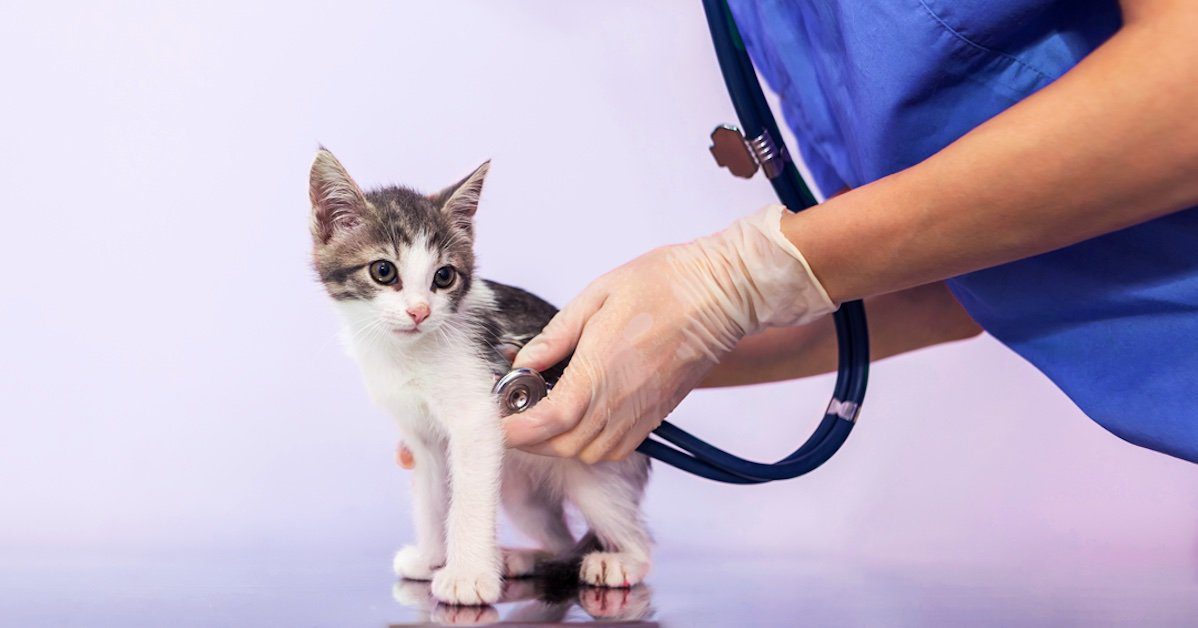
An accident and illness policy is often referred to as extensive coverage. You may hear some providers use the term ‘comprehensive coverage’ also. These plans cover a variety of diagnostic tests, treatments, and medication costs associated with accidents & illnesses. Although some pet insurance providers offer illness coverage as an add-on to an accident-only plan, it’s far more common to provide illness coverage bundled with accident coverage in one plan.
Here are some examples of accidents and illnesses that could be covered:
- Injuries
- Parasite infections
- Hereditary conditions
- Congenital conditions
- Chronic conditions
- Dental illnesses
- Behavioral conditions
Here are examples of diagnostic tests are treatments that could be covered
- Exam fees for accident & illness visits
- Surgery
- Hospitalization
- Emergency care
- Tests like X-rays, MRIs, and ultrasound
- Prescription medications
- Prescription food
- Prescription supplements
- Alternative therapies like acupuncture and chiropractic for eligible conditions
Some more serious feline conditions that cat insurance policies may cover include:
- Elbow dysplasia
- Skin allergies
- Urinary tract infections and blockages
- Polycystic Kidney Disease (PKD)
- Hypothyroidism
- Diabetes
Remember that, as with most coverage plans, these injuries and illnesses are only covered if they occur after the policy is in effect. Otherwise, these conditions are pre-existing — which most pet insurance providers wouldn’t cover.
Some pet insurance providers may only cover specific conditions after a certain waiting period. For example, the insurer may cover hip dysplasia treatments, but only if treatment begins at least three months after the policy takes effect. Please review your specific policy closely to ensure these types of accidents & illnesses would be covered.
The most significant advantage of extensive coverage is that it covers both accidents AND illnesses — saving you expensive out-of-pocket costs for a wide variety of conditions. It’s also an excellent fit for cat breeds who may be more prone to specific health conditions.c
What doesn’t cat insurance cover?
Here are some common exclusions that typically aren’t covered by pet insurance.
Pre-existing conditions
Pre-existing conditions are illnesses or accidents that happened to your cat or showed symptoms before your policy went into effect or during the waiting period. For example, if your feline has developed allergies before you purchased your policy, your cat insurance provider typically won’t cover the costs of allergy treatments.
However, some pre-existing conditions could eventually be covered, provided your cat is cured, treated, and symptom-free for a specific period. Your particular pet insurance provider will ultimately determine if that’s an option.
Elective procedures
Elective procedures are considered cosmetic or medically unnecessary and aren’t covered by most pet insurance providers. Examples of elective procedures include tail docking, ear cropping, or declawing.
Preventable diseases
Not all pet insurance providers have this exclusion (Pumpkin plans do not, for example) but some typically won’t cover diseases that are preventable through vaccinations or medication. Many insurers include a list of vaccines in the pet insurance plan that your pet needs based on the American Association of Feline Practitioners Vaccination Guidelines.
Diseases that are preventable by vaccination include:
- Rabies
- Feline distemper
- Feline herpesvirus infection
- Feline calicivirus infection
- Feline leukemia
- Feline immunodeficiency virus infection
- Heartworm disease
- Intestinal worms
Make sure to review your specific policy for a full list of exclusions.

The cost of pet insurance for cats
Cats are generally less costly to insure than dogs, however, several factors contribute to the cost of pet insurance. These include:
- Pet’s age: younger cats typically cost less to insure than older cats
- Pet’s breed and size: larger cat breeds may cost more to insure
- Pet’s zip code: where you live may impact the cost of your pet insurance premium
- Your plan choices: Which annual deductible, annual limit, and reimbursement rate you choose can impact your plan premium
While individual circumstances will determine the cost to insure your cat if you would like to explore your options, the quickest way is to get a quote online.
What is optional wellness coverage?
One of the most common misconceptions about pet insurance is that it’s the same or similar to a wellness plan. Wellness coverage, often called preventative care or preventive care may be part of an insurance policy (yet still be “added” to an accident and illness plan) or it may be a noninsurance wellness plan.
The most significant advantage of this type of coverage is that it can help you to prevent future illnesses in your cat. Appropriate wellness care over your cat’s life can help catch diseases and infections more quickly, and ensure your cat stays healthy and happy for longer.
These are some examples of things that may be covered by various wellness plans:
- Vaccinations
- Flea and tick prevention
- Heartworm prevention
- Microchipping
- Spaying and neutering
- Dental cleanings
- Grooming
One disadvantage to this type of coverage is that it usually isn’t a stand-alone policy and needs to be added to your primary pet insurance coverage — which is an additional monthly fee.
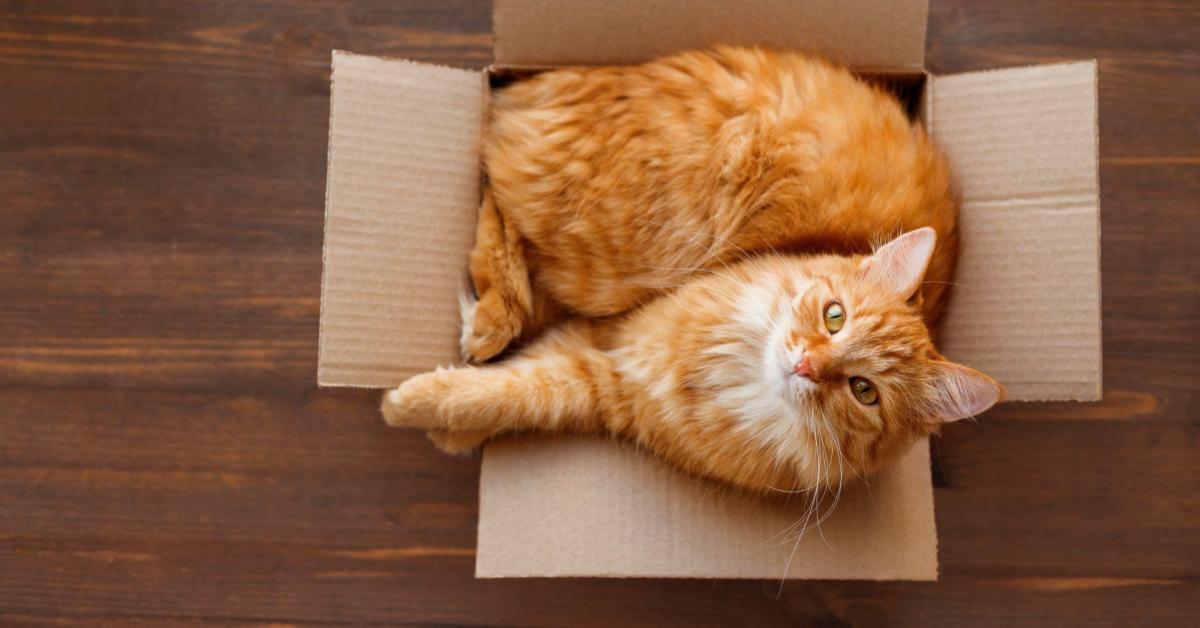
Cat health and pet insurance FAQs
Some of the most common health problems that impact cats include the following:
Vomiting is very common in cats. Vomiting can occur from many sources, such as eating foreign or poisonous objects, hairballs, infections, diabetes, gastrointestinal disease, urinary tract disease, allergies, food intolerances, or other causes.
Feline Lower Urinary Tract Disease (FLUTD) is also a common health problem among cats. Cats with FLUTD show signs of pain when urinating and sometimes also have blood in their urine.
Fleas are the third most common health problem among cats. Signs of fleas in cats include flea dirt on their skin, hair loss, constant scratching, and irritated skin.
Tapeworms are also a common health concern for cats, with these parasites living in the cat’s intestines and growing up to two feet long.
Diarrhea also often occurs in cats but can luckily clear up over a few days. This could be a sign of a more severe condition if it doesn’t.
Lastly, eye problems are also among cats’ most common health problems. Some signs to look out for include cloudy eyes, watery eyes, tear stains on their fur or around their eyes, and build-up of discharge in the corner of their eyes.
Pet insurance covers unexpected accidents and illnesses that arise after the waiting period specified by the pet insurance company. Any injuries or illnesses that occurred before the policy’s start date are considered pre-existing conditions.
Pet insurance companies have waiting periods to minimize the risk of fraud and discourage pet owners from only seeking coverage when their pets are already sick. They help insurers manage risk and help ensure fair monthly premiums.
Yes! Cat insurance can offer incredible cost savings over your cat’s life, as well as the comfort of knowing you’re prepared if sudden illnesses or accidents arise.
Knowing you can comfortably say “yes” when costly decisions must be made is a priceless feeling. Having peace of mind in these difficult moments, while also being able to prioritize the best veterinary care for your kitty offers an unbeatable feeling of reassurance.
Choosing the right cat insurance plan
There are so many benefits to pet insurance, including the peace of mind of knowing you have help affording the best care for your cat even if the veterinary bills are costly. Pumpkin Cat Insurance plans cover a vast range of accidents and illnesses. Pumpkin also offers an optional non-insurance wellness package called Preventive Essentials that’s designed to help keep your cat healthy for years to come.
While many factors contribute to the cost of a cat insurance plan, the quickest way to get your up-to-date price is to get a free quote online. Get your custom cat insurance quote today.
